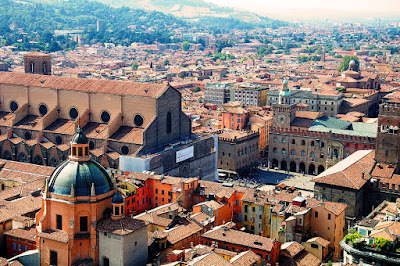in Salento and Puglia Italy
The Salento Peninsula is in the southeastern corner of the Puglia region of Italy. In
ancient times it was inhabited by the Messapi a term
signifying “land amid the waters” – the Ionian and Adriatic seas. Towns
and villages are characteristically made of whitewashed houses in narrow
streets with local handicraft shops, immersed in the green of the olive trees
and vineyards, bordered by the typical dry-stone walls.
Sun, sea and breezes during a summer season
lasting from May to mid-October. The mild winters are always pleasant with
plenty of sunshine.
Wellness Bio
Dances Holistic Massages Mystical and Healing Practices Influenced
by Local Traditions
An enchanting setting along the Salento coastline, Villa Cesarea is on top of four marine
grottoes that are the source of its famed mineral waters. It is also a place of
pagan and Christian legends. In the former, the waters were created by giant
men made of fire and sulfur, whereas the latter, from which name the Cesarea is
derived, is based on the young maiden Cisaria whose sacrifice purified and
sanctified the waters.
The Salentum Treatment consists of body scrubs, face masks and massages with local
ingredients: wine and olives, olive oil,
blackberries and pomegranates, Mediterranean citrus fruits.
Accommodations elegant apartments in a beautiful park surrounded by age-old
olive and fruit trees and a biological garden; nearby: cycle tracks and an
18-hole golf course.
Baroque
Architecture Food and Wine Traditions and Spectacular Coastlines
Culture famous for
its soft stones, ideal for making sculptures, and its ceramics products, Lecce is over 2000 years old and
renowned for its historic center and baroque architecture, stretching from
Roman times to the 18th Century, the Acaya renaissance quarter, the
Cavallino Widespread Museum, the Messapi archeological park and the MUSA
University Museum. It is also a major agricultural center specializing in olive
oil and wine, hence, numerous opportunities to experience the famed local wines
and traditional cuisine.
Reduce Transit Times and Travel Cost on Your Next Trip
Nardò second
largest town in the region, takes the concept of sustainability very seriously;
it is built on local traditions that are especially manifest in food and wine
as well as the arts and culture. The city’s monuments are characterized by
different artistic styles representative of its long history.
Gallipoli is on an island with ancient monuments, tiny streets, and churches
surrounded by the pristine waters of the Ionian Sea.
Otranto is the eastern most city in Salento with magnificent sea views and
monuments like Corigliano Castle and the Carpignano Byzantine Crypt.
Food and Wine experience Salento’s famed wines and traditional cuisine. Some local
specialties: puccia, friseddhre, pittule, rustici, pasticciotti and sweets
made of almond paste, accompanied by the local wines: Negramaro, Primitivo and Malvasia.
Connect for Travel to Salento and the Puglia Region of Italy




































